Home>Gardening & Outdoor>Pool & Spa Care>How To Store An Inflatable Hot Tub
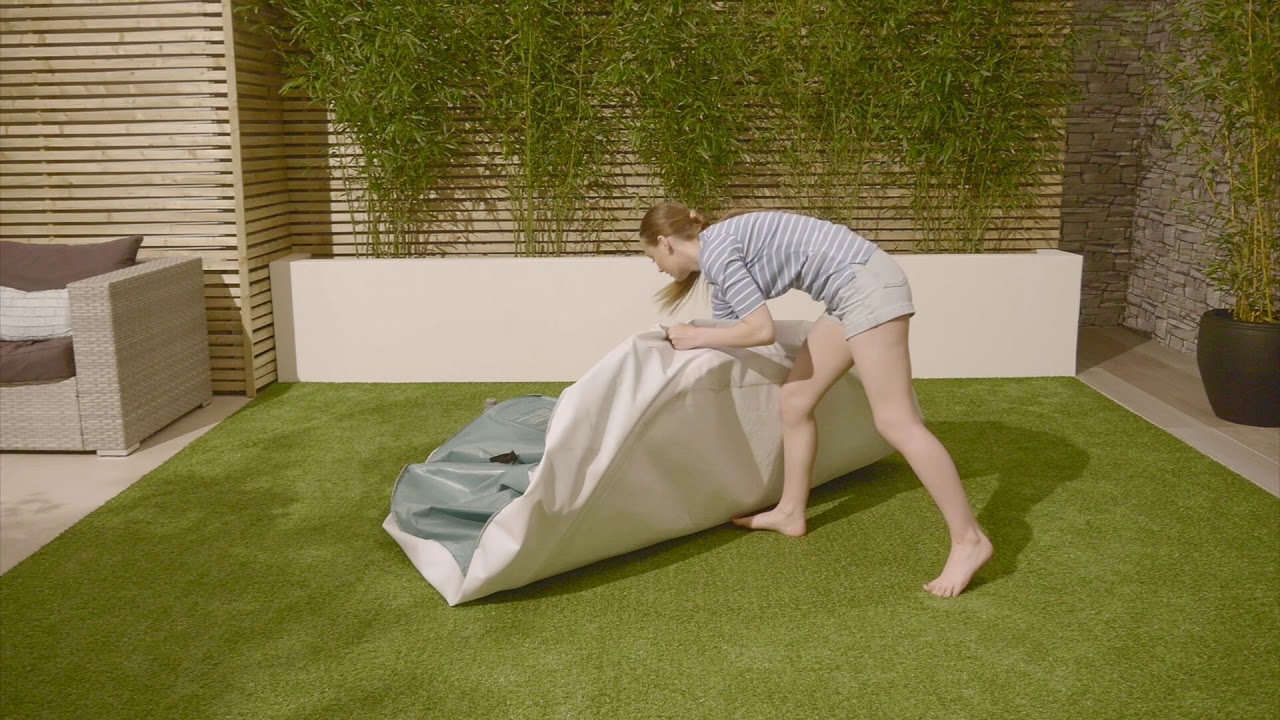

Pool & Spa Care
How To Store An Inflatable Hot Tub
Modified: January 6, 2024
Learn the best practices for storing an inflatable hot tub to ensure its longevity and performance. Get expert tips for pool and spa care.
(Many of the links in this article redirect to a specific reviewed product. Your purchase of these products through affiliate links helps to generate commission for Storables.com, at no extra cost. Learn more)
Introduction
So, you’ve made the decision to store your inflatable hot tub. Maybe the weather is getting colder, or perhaps you’re going away for an extended period. Whatever the reason, proper storage is crucial to ensure that your inflatable hot tub remains in top condition and is ready for use when you decide to bring it out again.
Storing an inflatable hot tub may seem like a daunting task, but with the right approach, it can be a straightforward process. In this guide, we’ll walk you through the essential steps to properly store your inflatable hot tub, ensuring that it stays in excellent condition during its time in storage.
Whether you’re a seasoned hot tub owner or new to the world of inflatable spas, this article will provide you with the knowledge and tips you need to confidently and effectively store your inflatable hot tub. Let’s dive in and explore the best practices for storing your beloved relaxation oasis.
Key Takeaways:
- Properly storing an inflatable hot tub involves choosing a clean, dry, and well-ventilated location, cleaning and draining the tub, and using a high-quality cover for protection.
- Winter storage requires additional measures to protect the hot tub from freezing temperatures, such as insulating materials and a climate-controlled indoor storage space.
Location
Choosing the right location for storing your inflatable hot tub is the first crucial step. Ideally, you should select a clean, dry, and well-ventilated area that is protected from the elements. If you’re storing the hot tub indoors, a garage or a dedicated storage area would be perfect. However, if indoor storage isn’t feasible, an outdoor location can also work, provided that you take the necessary precautions to protect the hot tub from the elements.
When opting for outdoor storage, it’s essential to shield the inflatable hot tub from direct sunlight, as prolonged exposure can cause the material to degrade and fade. Additionally, ensure that the storage area is free from sharp objects or potential hazards that could puncture or damage the hot tub.
For indoor storage, make sure the area is clean and free from any sources of moisture that could lead to mold or mildew. Adequate ventilation is also important to prevent the buildup of musty odors and to promote air circulation around the hot tub.
Regardless of whether you choose indoor or outdoor storage, it’s advisable to place a protective barrier, such as a tarp or cover, underneath the hot tub to shield it from dust, dirt, and moisture. This extra layer of protection can help preserve the integrity of the hot tub during its time in storage.
By selecting the right location and taking the necessary precautions, you can ensure that your inflatable hot tub remains safe and well-preserved while it’s not in use.
Cleaning and Draining
Prior to storing your inflatable hot tub, it’s essential to thoroughly clean and drain it to prevent the buildup of bacteria, mold, or algae during its time in storage. Start by disconnecting the power and ensuring that the hot tub is completely turned off and cooled down.
Begin the cleaning process by removing the filter and giving it a thorough rinse to remove any debris or contaminants. If the filter is showing signs of wear or deterioration, consider replacing it with a new one to maintain optimal filtration when you bring the hot tub out of storage.
Next, drain the hot tub following the manufacturer’s instructions. This typically involves attaching a hose to the drainage valve and allowing the water to flow out. Once the hot tub is empty, use a mild, non-abrasive cleaner and a soft cloth to clean the interior surfaces, including the walls and floor. Pay special attention to any areas where dirt, oils, or residue may have accumulated.
After cleaning, thoroughly rinse the interior of the hot tub to remove any traces of the cleaning solution. Once the hot tub is clean and dry, you can proceed to deflate it, ensuring that all the air is expelled from the chambers. Take care to fold or roll the hot tub neatly to avoid creases or damage to the material.
By cleaning and draining your inflatable hot tub before storage, you can prevent the growth of contaminants and ensure that it remains in pristine condition until you’re ready to use it again.
When storing an inflatable hot tub, make sure to clean and dry it thoroughly before deflating. Store it in a cool, dry place away from direct sunlight to prevent damage. Keep it away from sharp objects to avoid punctures.
Covering and Protecting
Once your inflatable hot tub is clean, drained, and properly deflated, it’s time to focus on covering and protecting it to safeguard against potential damage during storage. A high-quality cover specifically designed for inflatable hot tubs is an essential investment, as it provides an additional layer of protection against dust, debris, and moisture.
Prior to covering the hot tub, ensure that it is completely dry to prevent the growth of mold or mildew. Place the cover over the deflated hot tub and secure it according to the manufacturer’s instructions. This will help shield the hot tub from dust and dirt, as well as minimize the risk of accidental damage while it’s in storage.
In addition to using a cover, consider wrapping the hot tub in a durable tarp or protective material for added defense against the elements, especially if you’re storing it outdoors. This extra layer of protection can help safeguard the hot tub from exposure to sunlight, rain, and other environmental factors that could potentially compromise its integrity.
If you’re storing the hot tub indoors, positioning it away from high-traffic areas and potential sources of damage, such as sharp objects or heavy items, is crucial. By taking these precautions, you can minimize the risk of accidental punctures or tears that could affect the hot tub during its time in storage.
By covering and protecting your inflatable hot tub with care, you can help ensure that it remains in optimal condition, ready to provide relaxation and enjoyment when you decide to bring it out of storage.
Winter Storage
Winter presents unique challenges for storing an inflatable hot tub, particularly in regions where temperatures drop below freezing. If you’re preparing to store your hot tub during the winter months, it’s essential to take specific measures to protect it from potential damage caused by cold temperatures and inclement weather.
Before winterizing your inflatable hot tub, ensure that it is thoroughly cleaned, drained, and dried as outlined in the previous sections. Once these preparatory steps are complete, it’s time to focus on safeguarding the hot tub from freezing temperatures.
If you plan to store the hot tub outdoors during the winter, consider investing in a specialized winterization kit designed to protect it from freezing. These kits typically include insulating materials and covers that help retain heat and shield the hot tub from the elements. Additionally, you can use insulating foam panels or blankets to provide an extra layer of protection against the cold.
For indoor winter storage, position the deflated and covered hot tub in a climate-controlled area, such as a heated garage or storage room. Maintaining a stable, above-freezing temperature in the storage space is crucial to prevent the hot tub from being exposed to damaging cold conditions.
Regardless of whether you choose indoor or outdoor storage, periodically check on the hot tub throughout the winter to ensure that the cover and protective materials are intact and that the storage environment remains suitable for preserving the hot tub.
By taking the necessary precautions and investing in winterization measures, you can effectively protect your inflatable hot tub from the potential hazards of winter storage, ensuring that it emerges from its seasonal hibernation in excellent condition.
Read more: How To Inflate SaluSpa Inflatable Hot Tub
Conclusion
Storing an inflatable hot tub requires careful planning and attention to detail, but with the right approach, you can ensure that your relaxation oasis remains in top condition during its time in storage. By following the essential steps outlined in this guide, you can confidently prepare your inflatable hot tub for a period of rest, knowing that it will be ready for use when the time comes to bring it out of storage.
From selecting the ideal storage location to thoroughly cleaning, draining, and protecting the hot tub, each step plays a crucial role in preserving its condition and performance. Whether you’re storing the hot tub for the winter or an extended period, the key is to prioritize proactive maintenance and protective measures to safeguard it from potential damage.
Remember to invest in a high-quality cover designed for inflatable hot tubs, and if storing the hot tub outdoors, consider additional protective materials and winterization kits to shield it from the elements. For indoor storage, choose a clean, dry, and well-ventilated area, and take care to position the hot tub away from potential sources of damage.
By following these guidelines and tailoring them to your specific storage needs, you can ensure that your inflatable hot tub remains a source of relaxation and enjoyment for years to come. When the time comes to bring it out of storage, you’ll be greeted by a well-preserved and ready-to-use hot tub, allowing you to effortlessly resume your indulgent soak sessions.
With the proper care and attention, storing your inflatable hot tub can be a straightforward and rewarding process, setting the stage for many more moments of relaxation and rejuvenation in the future.
Frequently Asked Questions about How To Store An Inflatable Hot Tub
Was this page helpful?
At Storables.com, we guarantee accurate and reliable information. Our content, validated by Expert Board Contributors, is crafted following stringent Editorial Policies. We're committed to providing you with well-researched, expert-backed insights for all your informational needs.
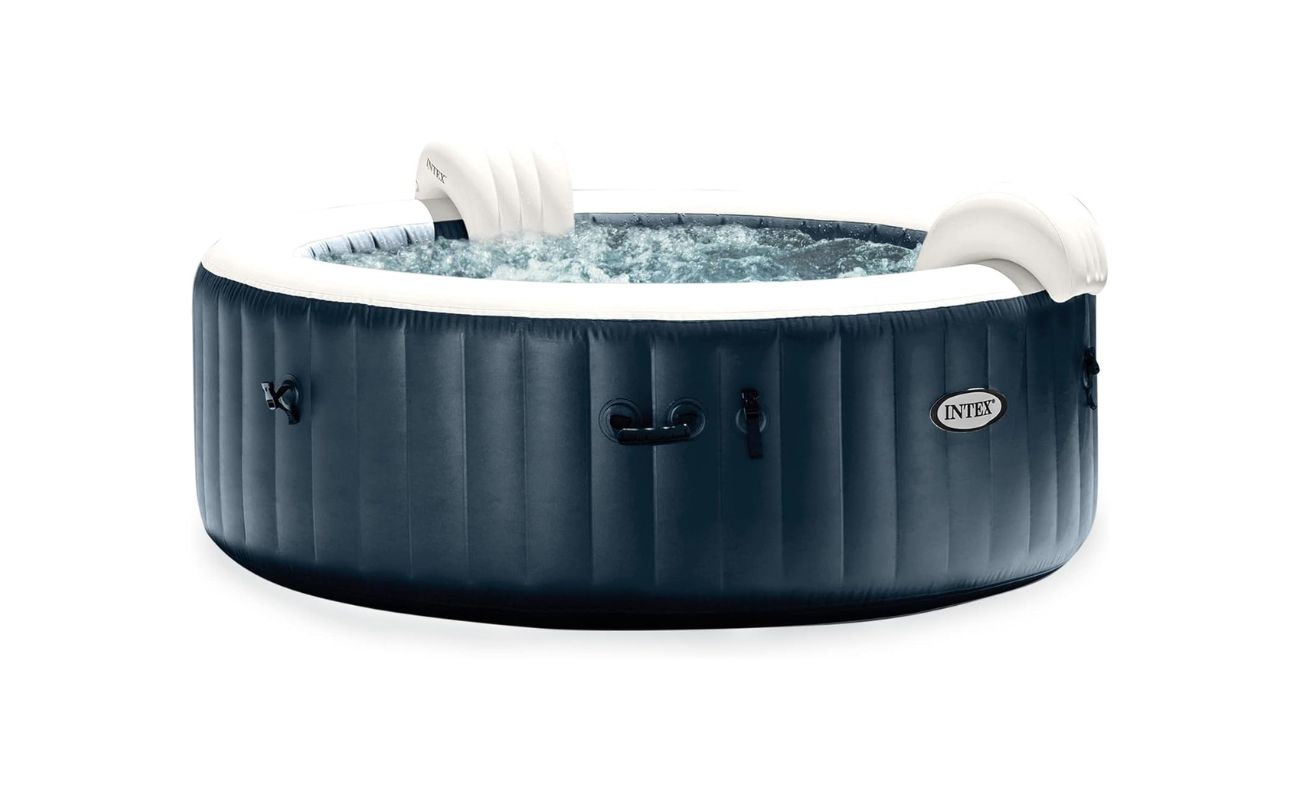
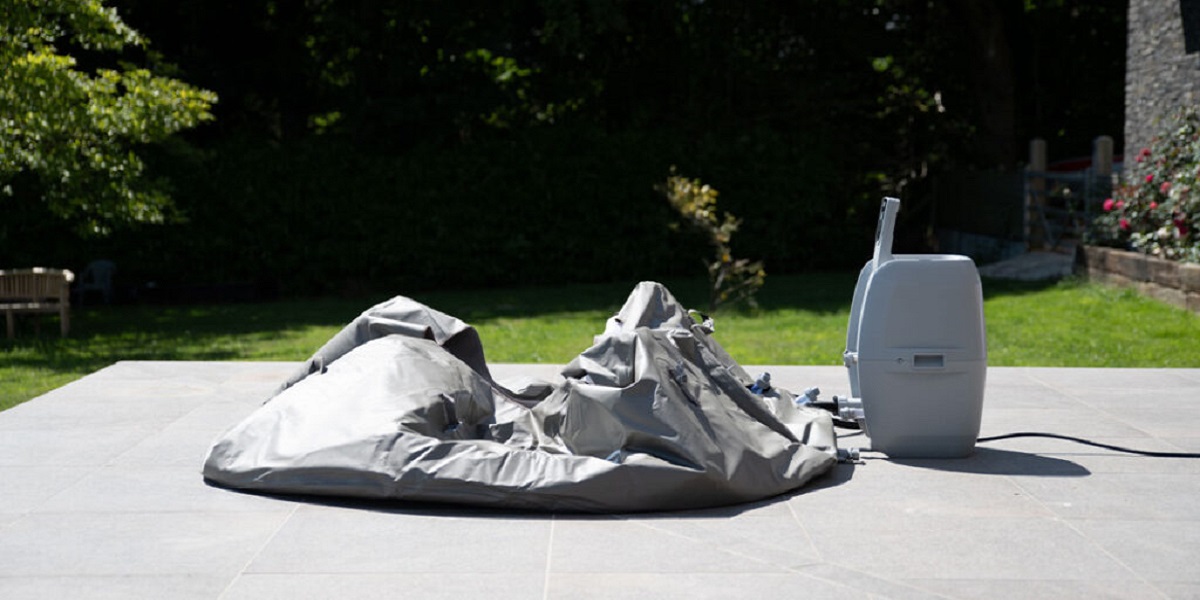
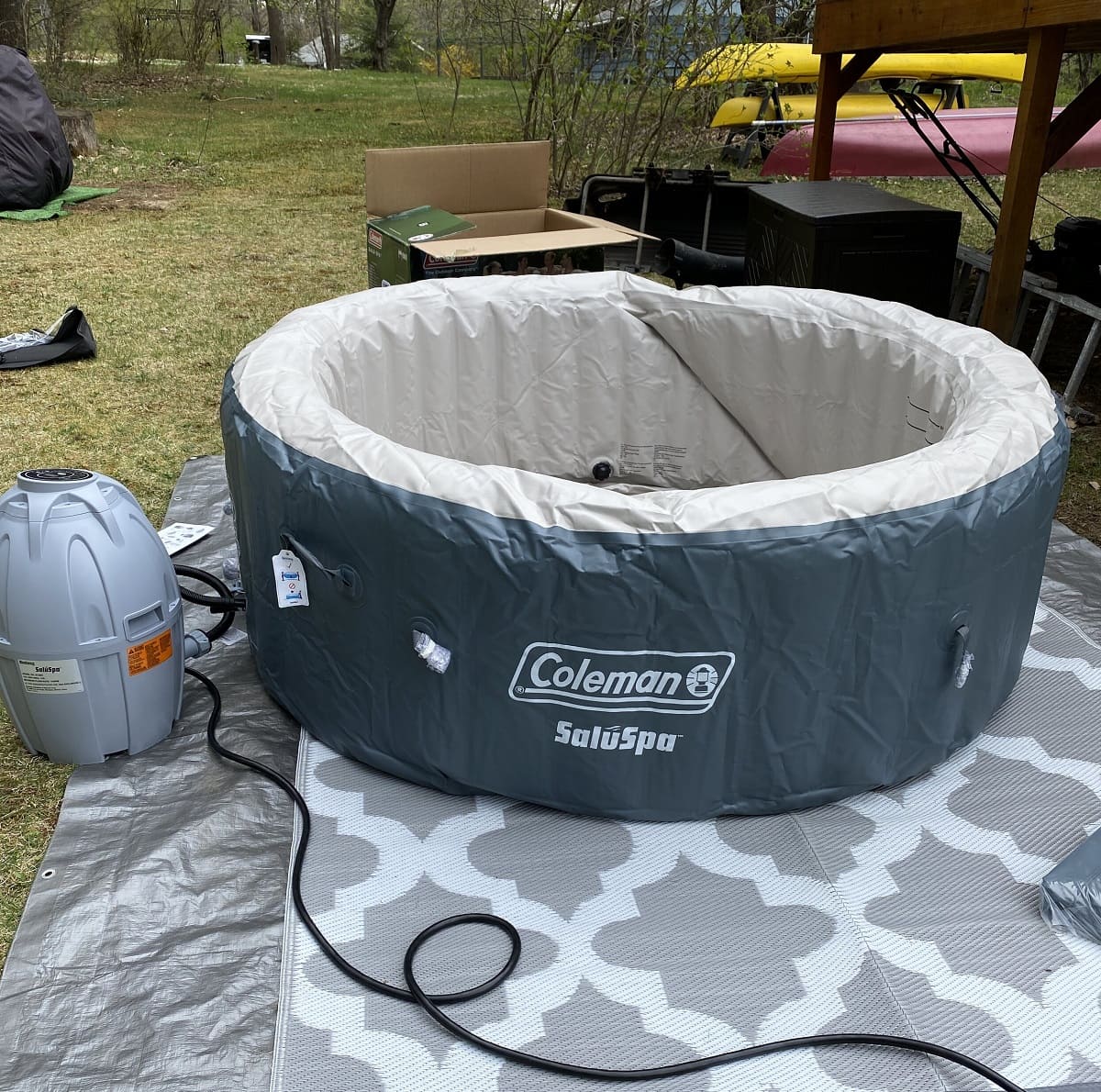
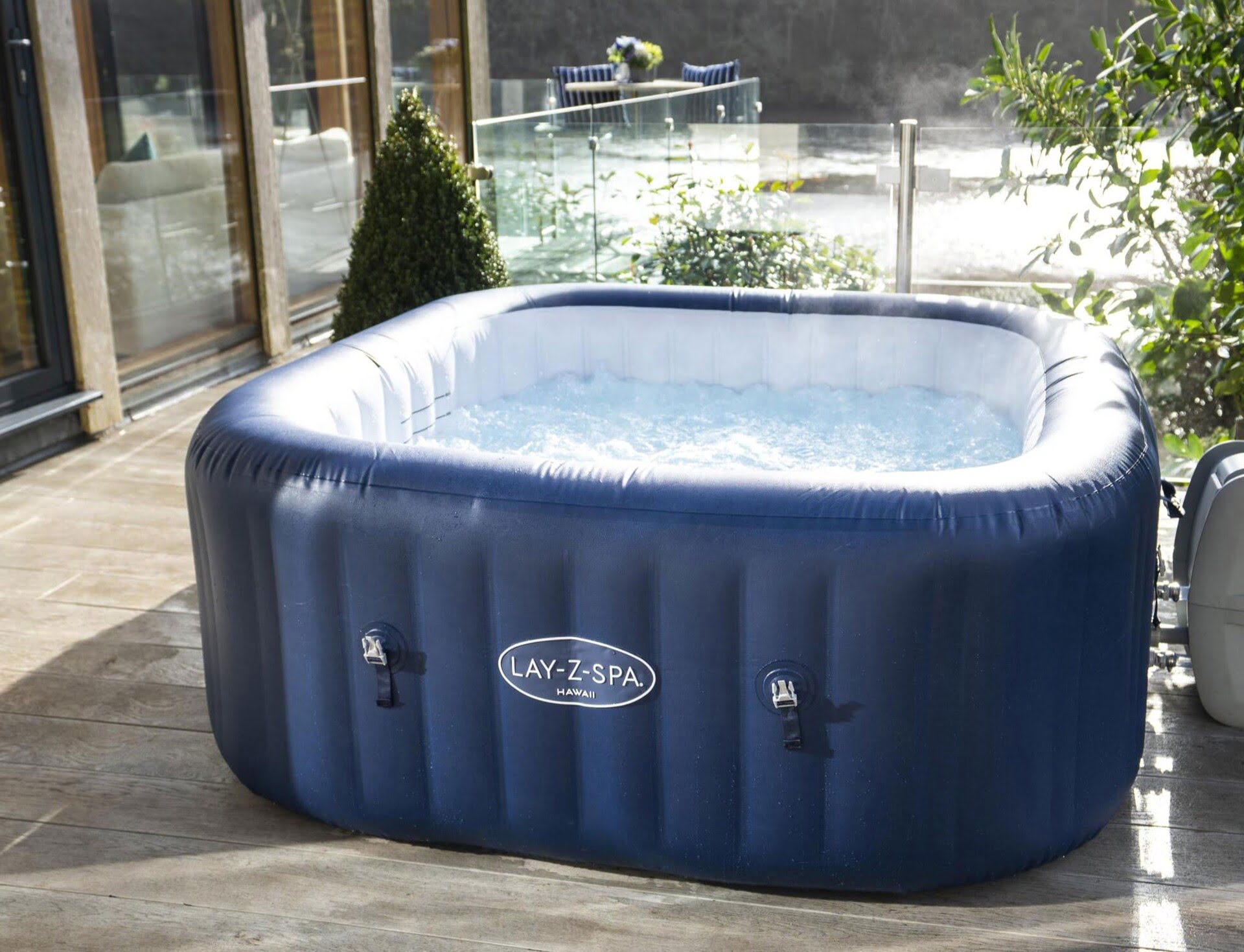
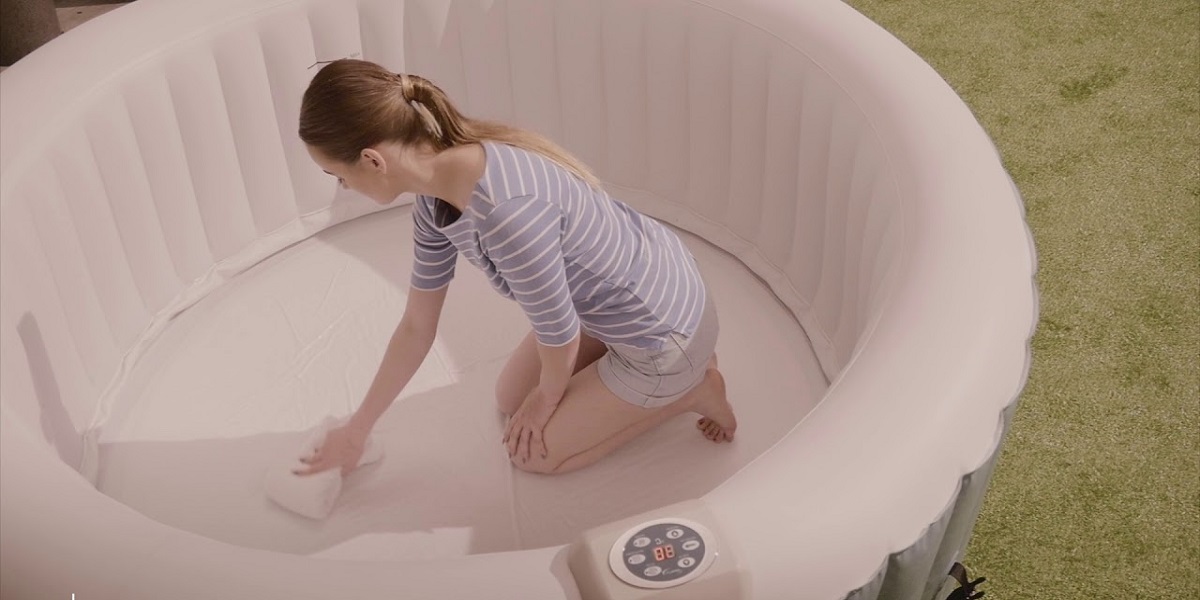
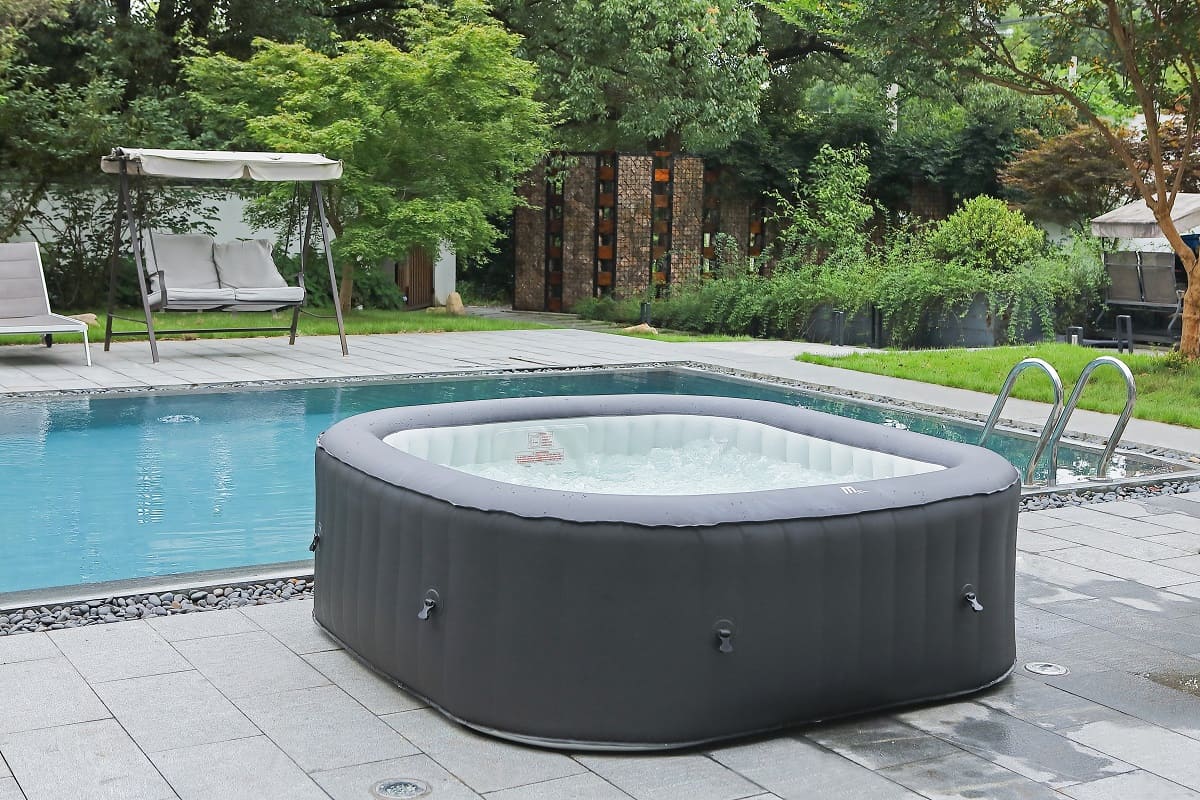
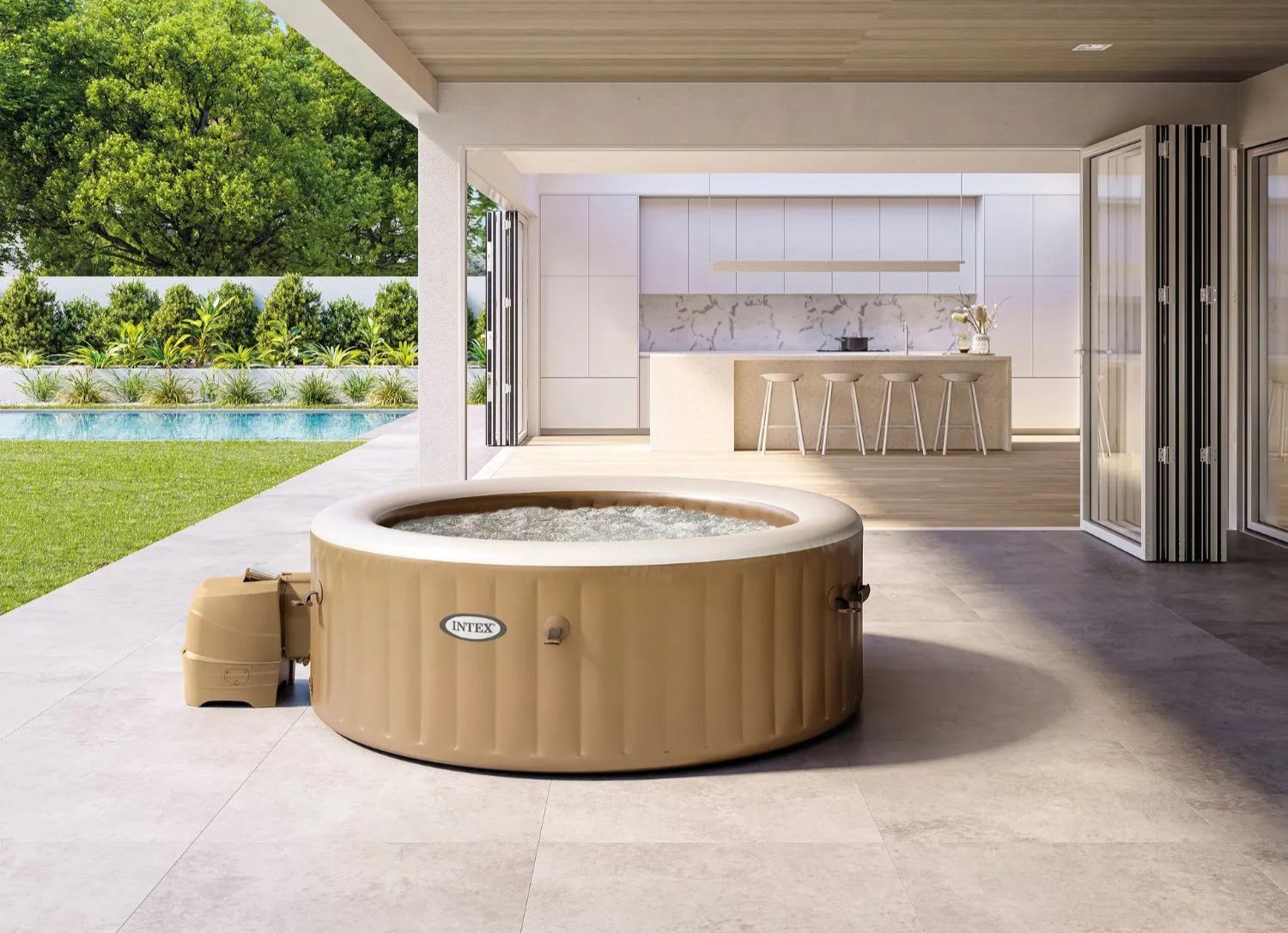
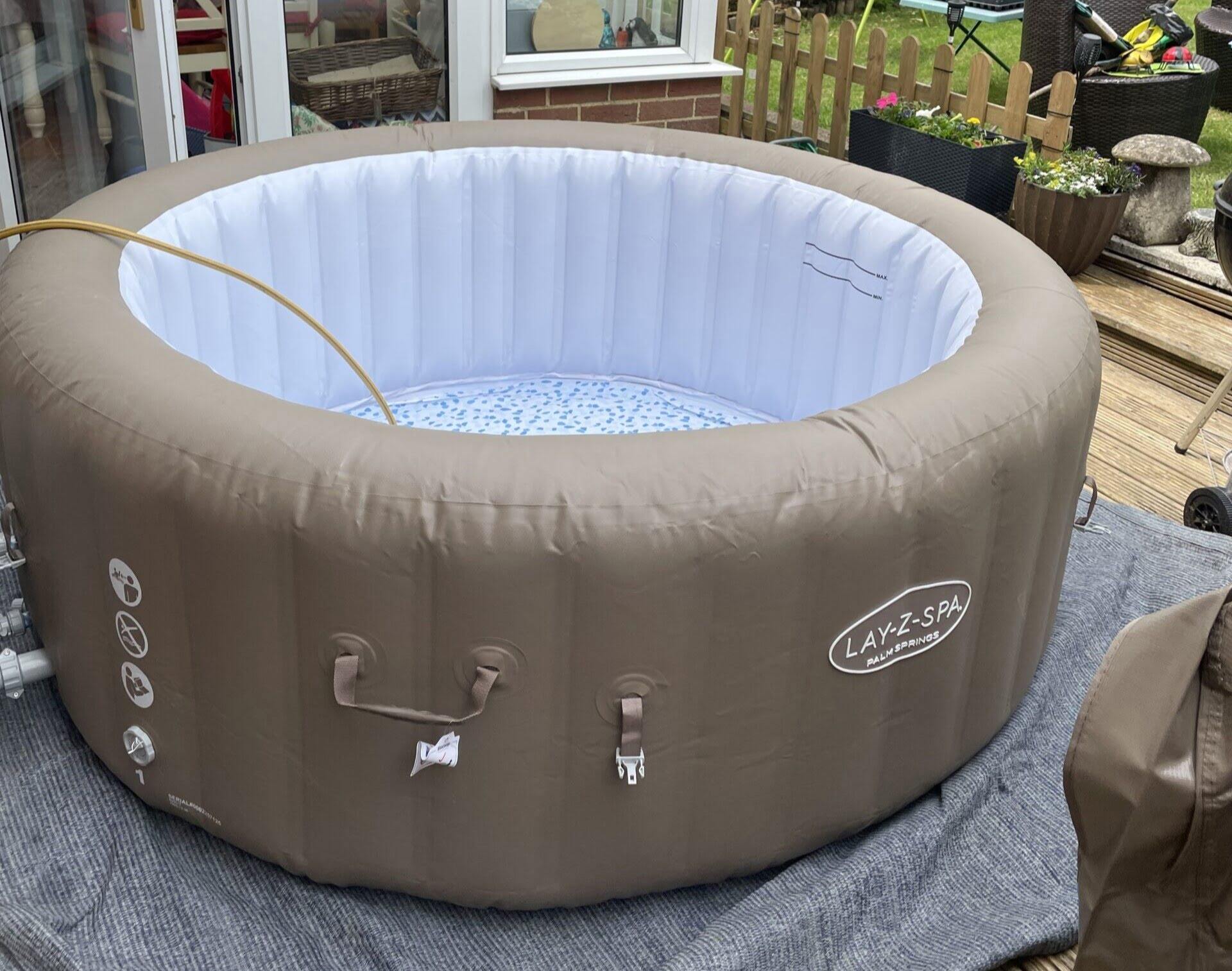
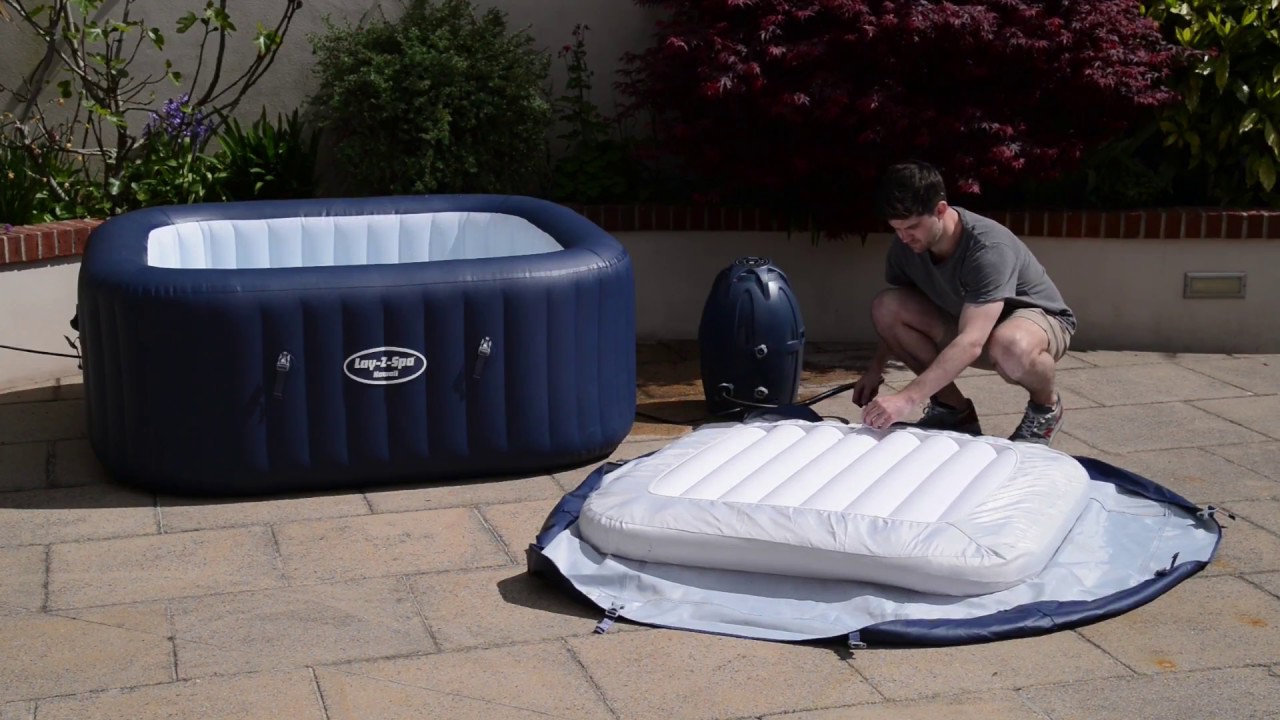


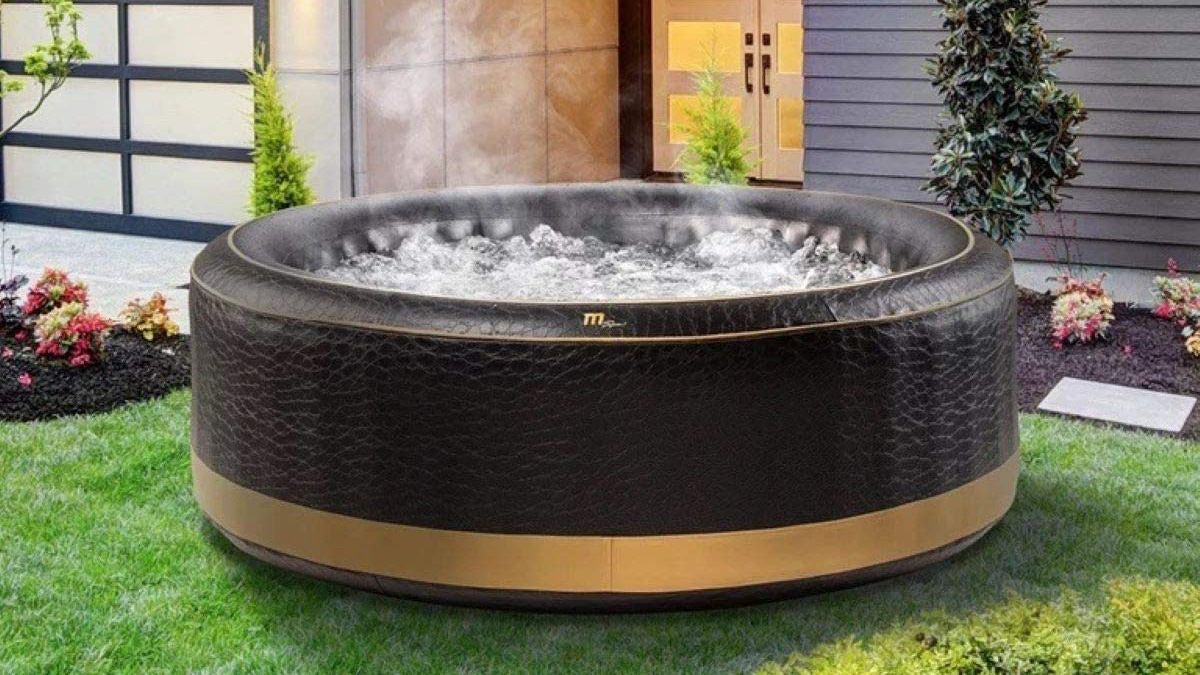
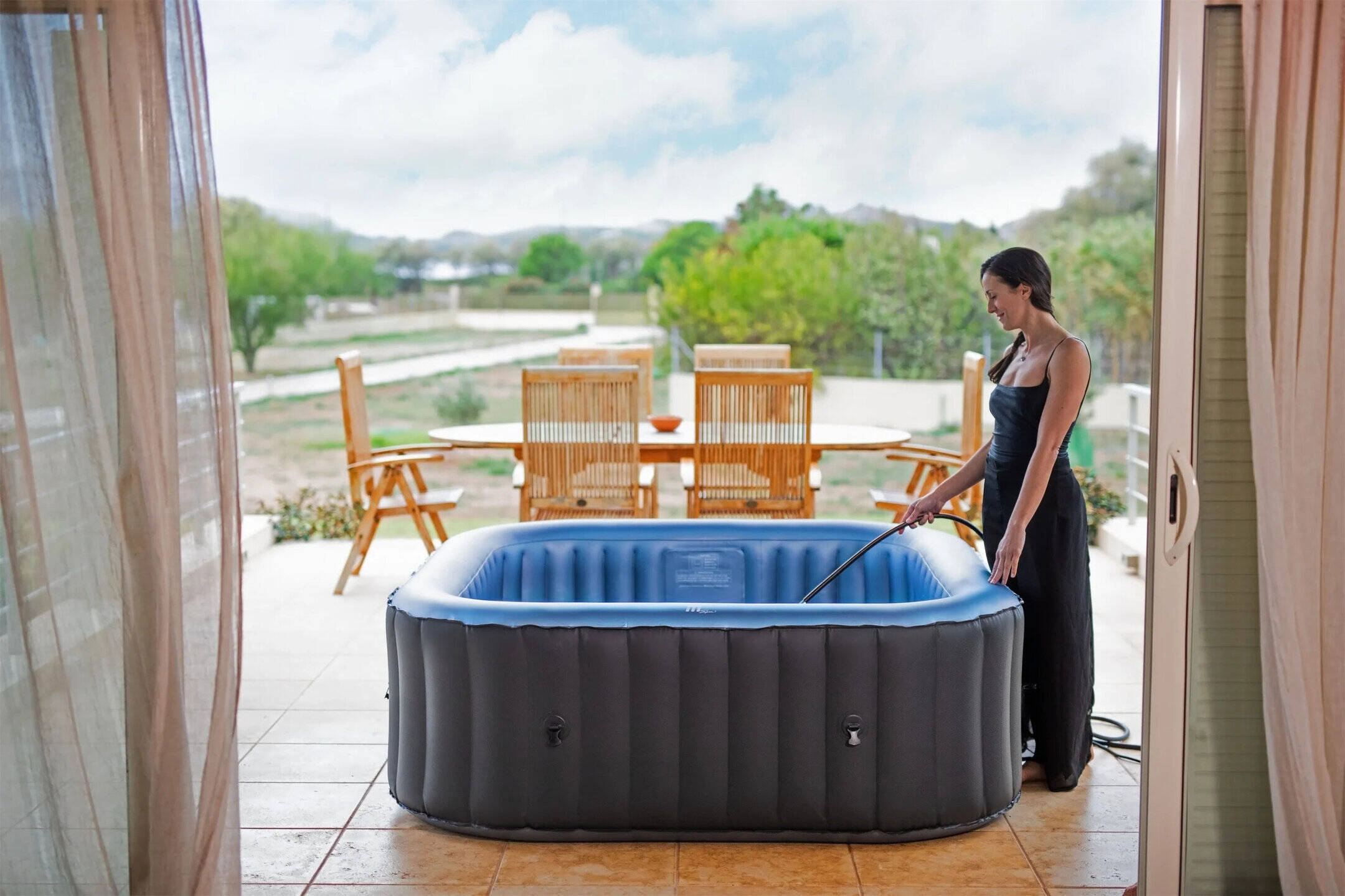
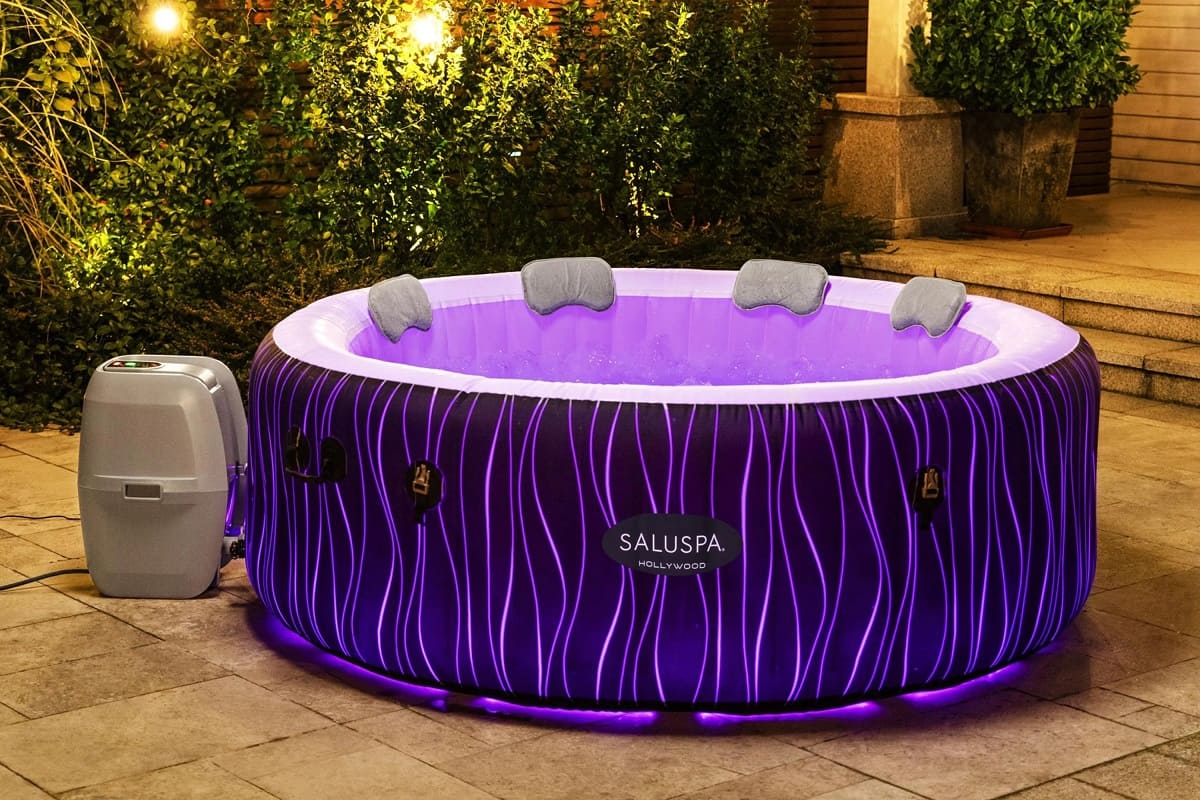

0 thoughts on “How To Store An Inflatable Hot Tub”